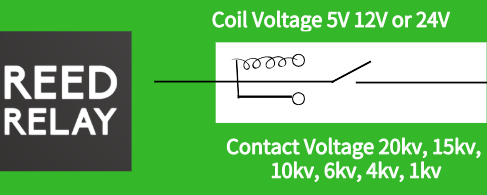The Application of High-Voltage Relays in PCB Testing Machines
With the rapid development of semiconductor manufacturing technology, the integration of IC devices has been rapidly increasing. Installation technology has transitioned from through-hole technology (THT) to surface mount technology (SMT) and has evolved towards chip-level packaging technology (CSP). At the same time, due to the development of communication technology, high-speed signal transmission is required. As the main channel for transmitting signals, PCBs have become increasingly dense (HDI) and this trend towards high density, small spacing, and miniaturization is inevitable.
As technology continues to advance, PCBs are constantly evolving towards higher density, finer spacing, and smaller sizes. As a result, testing technology also requires higher standards, making the reliability of testing machines particularly important. The MiRelay high-voltage relay has been widely used in PCB testing machines.
The HVR series high-voltage reed relays have a maximum contact switching voltage of 10kV and a breakdown voltage of 15kV. The contact switching current is 3A, and the maximum load current is 5A. It has a variety of contact forms and can be installed with PCB through-holes or high-voltage leads, making it perfectly suitable for high-voltage environments. Its operating time is 3ms, and its release time is 1.5ms, allowing it to respond quickly to control signals. This series of reed relays is encapsulated in epoxy resin with an insulation resistance of 10^12Ω and a leakage distance of >32mm, which provides excellent reliability and fully meets the requirements for relays in safety testing equipment.
The HVR series of high-voltage reed relays can withstand 4kV/5kV/6kV/10kV/15kV/20kV. They are available in various contact forms, including 1A/2A/4A/1C/2C/1B. They can switch up to 10KVDC and can handle a switching current of 3A, with a pulse current of 5A/10A/20A. The insulation resistance is above 10T and multiple sizes are available.
